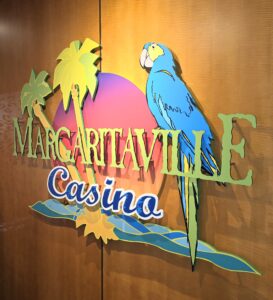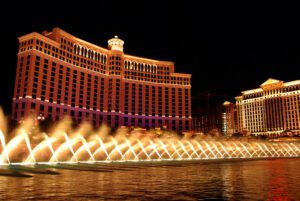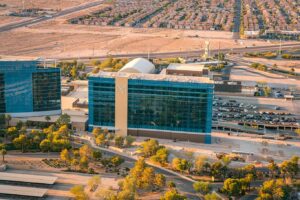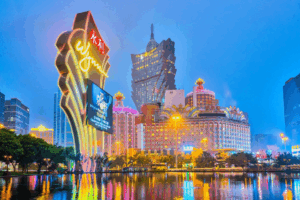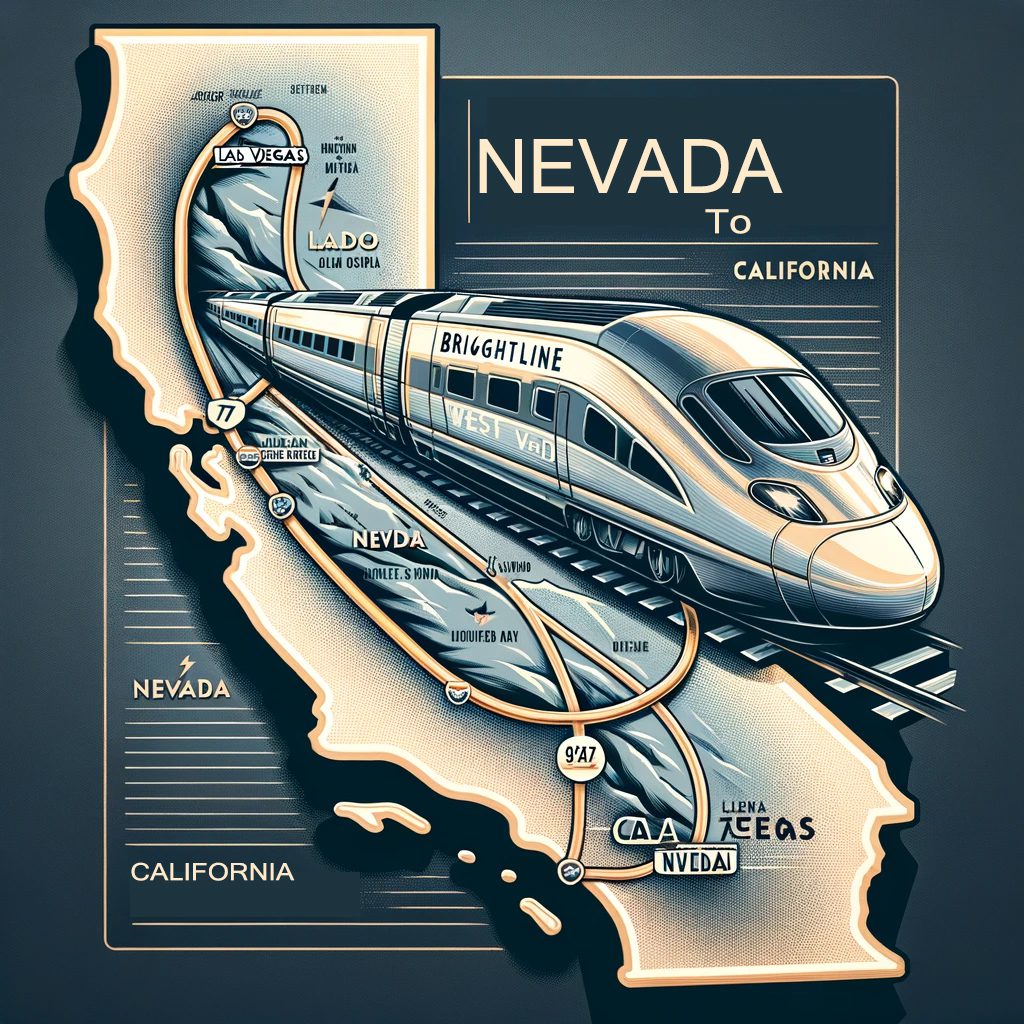To be clear, the news about the groundbreaking for a high-speed rail from Vegas to Los Angeles, isn’t exactly to Los Angeles. Although news markets are marketing it as Las Vegas to Los Angeles, it is actually Los Vegas to Rancho Cucamonga. You would then transfer to a non high-speed train to Los Angeles, and that will take an hour and 24 minutes before arriving at Union Station, no not that Union Station. Just something to keep in mind.
Anywho, in 2028, travel between Las Vegas and Los Angeles (kinda) is set to transform with the introduction of a new high-speed rail line. Spearheaded by Brightline West, this ambitious $12 billion project aims to streamline the journey between these two bustling hubs, marking a significant evolution in regional connectivity.
Currently, the trip between Las Vegas and Los Angeles can be a tedious affair, plagued by traffic congestion or the hassles of air travel. The high-speed rail promises an enticing alternative but we’re human and will soon see this as a hassle too, at least until teleportation becomes a thing.
By laying down 218 miles of track largely parallel to Interstate 15, the rail will link Las Vegas directly to Rancho Cucamonga, California. From there, travelers will gain easy access to downtown Los Angeles through existing commuter rail connections. An additional station in Victorville will further enhance the network’s reach, making it accessible to a broader audience.
Here’s why this project is kind of a big deal:
Speed and Efficiency: Travel times are expected to be significantly reduced. What currently might take hours on the road could be cut down to two hours on trains, so a fraction, making it possible to zip between cities quickly. This efficiency is not just good news for daily commuters and tourists but also opens new possibilities for business interactions and weekend getaways. That’s right, Las Vegas, more of the Californians you love (I’m being sarcastic, relax).
Environmental Sustainability: The high-speed rail is aligned with broader environmental goals, aiming to decrease the reliance on automobiles and airplanes. By doing so, it will contribute to reducing greenhouse gas emissions and promoting cleaner air. This shift is crucial in battling urban pollution and fostering a more sustainable future.
Economic Impact: The construction and operation of the rail line are projected to generate thousands of jobs. Beyond direct employment, it’s expected to stimulate local economies by increasing accessibility, attracting new businesses, and enhancing tourism. This economic injection could be transformative for communities along the route.
Brightline West’s high-speed rail is not merely a transportation project; it’s a visionary step towards modernizing infrastructure, enhancing economic vitality, and promoting sustainable travel, so long as it actually reaches completion.
Also, be sure to join the ZorkCast Group on FaceBook.
This is the Facebook group to continue the conversation from the ZorkCast podcast and TravelZork website. Feel free to start a conversation related to anything TravelZork or ZorkCast.

Casino and Vegas Newsletter
(Newsletter Now Has EXCLUSIVE Tips and Commentary Each Week!)


